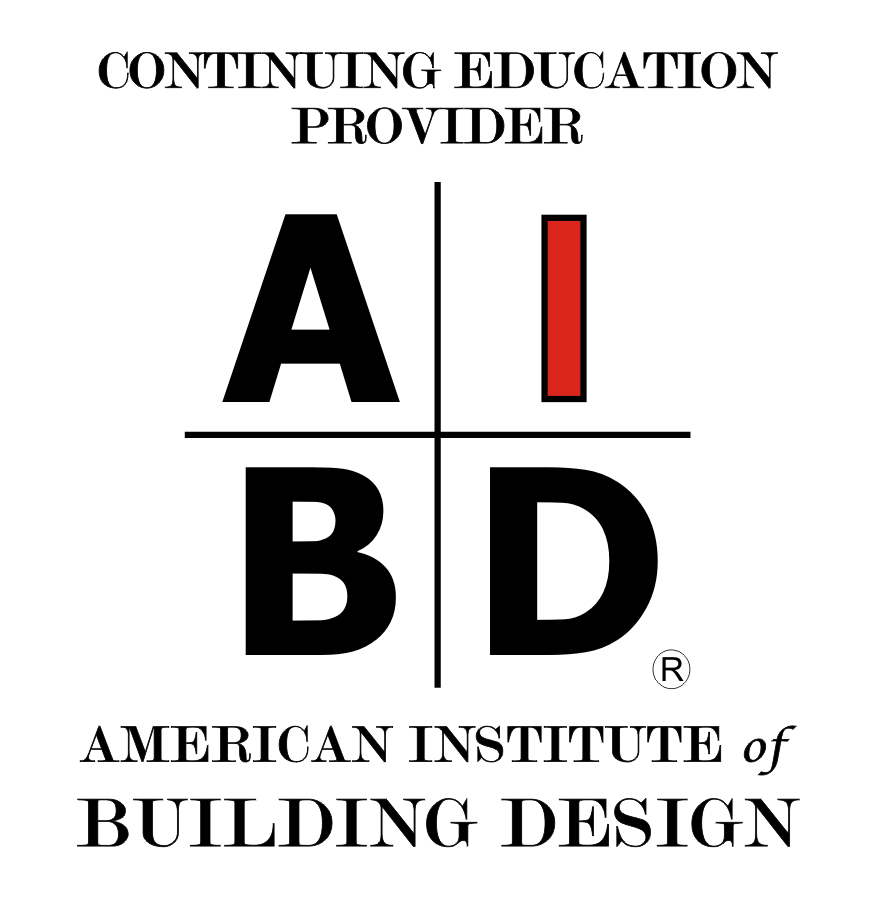Minimizing Risk in Blindside Waterproofing Applications
Sponsored by Tremco Commercial Sealants & Waterproofing | Presented by John Trenta and Steve Pierson
Webinar On-Demand
This course will identify blindside waterproofing product technologies, their differences, the criteria for product performance, and how to design a waterproofing system accordingly. Best practices for mitigating application risks and managing critical areas prone to moisture infiltration will be reviewed, including the sequence of installation and for detailing failure points.

Photo courtesy of Tremco Commercial Sealants & Waterproofing

|
John Trenta is a Product Manager at Tremco Commercial Sealants & Waterproofing, and manages fluid and sheet-applied below grade waterproofing product technologies, assemblies, and accessories. He is responsible for capturing insights from influencers and end users to address the needs of waterproofing industry professionals. He supports Tremco's high-performance building envelope strategy, with a focus on innovative product solutions and their connectivity across multiple building enclosure systems. |

|
Steve Pierson is a Technical Application Specialist Manager for Tremco Commercial Sealants & Waterproofing. He is responsible for providing technical support for Tremco Deck Coatings, Below Grade Waterproofing and Drainage products. He supports Tremco's high-performance building envelope strategy with a focus on overseeing technical resources and managing project and customer needs. |
For generations, Tremco has provided superior weatherproofing solutions to architects, distributors, contractors and building owners worldwide. Today, the company is uniquely positioned to provide single-source, high-performance solutions for all six sides of the building enclosure along with hands-on technical support at every stage of the construction process from concept through commissioning.
Originally published in Industrial Safety & Hygiene News
Originally published in November 2019
LEARNING OBJECTIVES
- Identify blindside waterproofing product technologies and differentiate between their performance characteristics.
- Recognize product performance criteria to properly design a waterproofing system according to project needs.
- Learn best practices for mitigating blindside waterproofing risks and the appropriate sequence for material installation and detailing of failure points.
- Determine methods to manage critical project areas prone to moisture infiltration, such as penetrations, transitions and terminations.











